Tripowin x HBB Kailua IEMs – Pink Ink Sound
Tripowin x HBB Kailua is a $79 USD pair of IEMs / In-Ear Monitors with a dual dynamic driver, and a Dragon Ball Z inspired design. Today we will review the so-called Killer IEMs and compare them to other entry-level options, including Oriveti OD100 (69 USD), Dunu Kima (99 USD), and FiiO FH11 (55 USD).
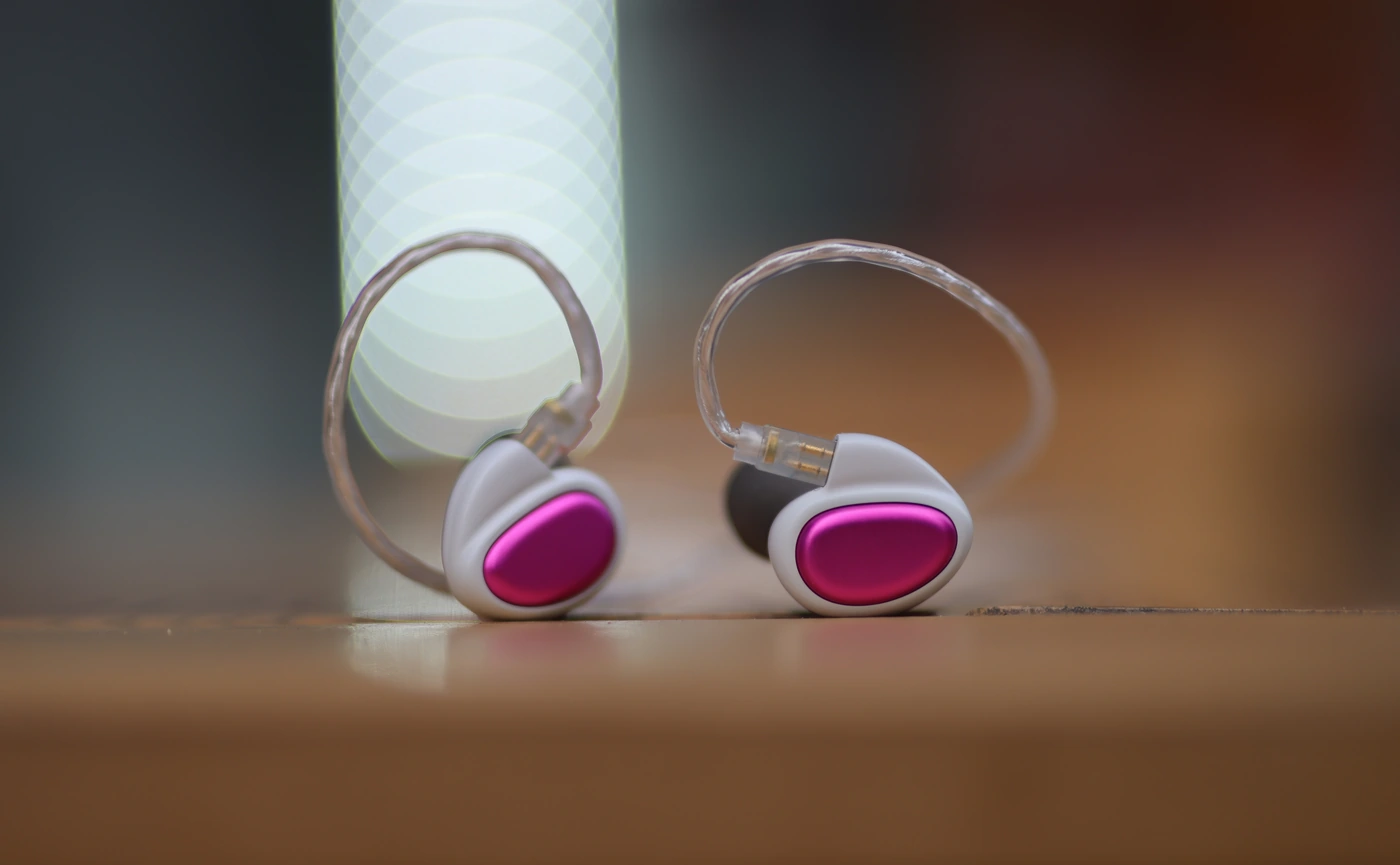
Introduction
Tripowin is an entry-level company making earphones for the listener who can’t afford a high-end IEM but still wants to indulge in the pleasures of audiophilia. Typically, they are sold through Chifi channels like Linsoul, where you can find the best prices, and a long warranty. As an Amazon Influencer, I earn from qualifying purchases, and using the purchase links in my reviews helps me maintain this website and Youtube Channel. I thank Linsoul for providing the sample for this review, in exchange for my honest opinion.

PROs – Comfortable (with aftermarket tips), Warm, Pleasing Sound, EAsy to drive, Not overly sensitive to hissing, wide, airy sound, good bass depth, great price / performance ratio.
Cons – Smoother, Laid Back sound means less focus on details and textures are not sharp.
Product Link
You can get one here – https://amzn.to/3Jq9qRz
Build Quality/Aesthetics/Fit/Comfort
As with most collaboration products between other reviewers and audio companies, Kailua is a result of Tripowin and someone else’s tuning, so we will see in the audio part how that turned out. The heart of the sound is driven by a dual dynamic driver with a titanium coating, DLC diaphragm, and we have a high purity OCC copper cable to transmit the sound. The two dynamic drivers are 10mm and 6mm in size. You can only order the Kailua in Single Ended 3.5mm, but you can get up to three colors, and the cable is detachable, with 0.78mm 2-Pin connectors.
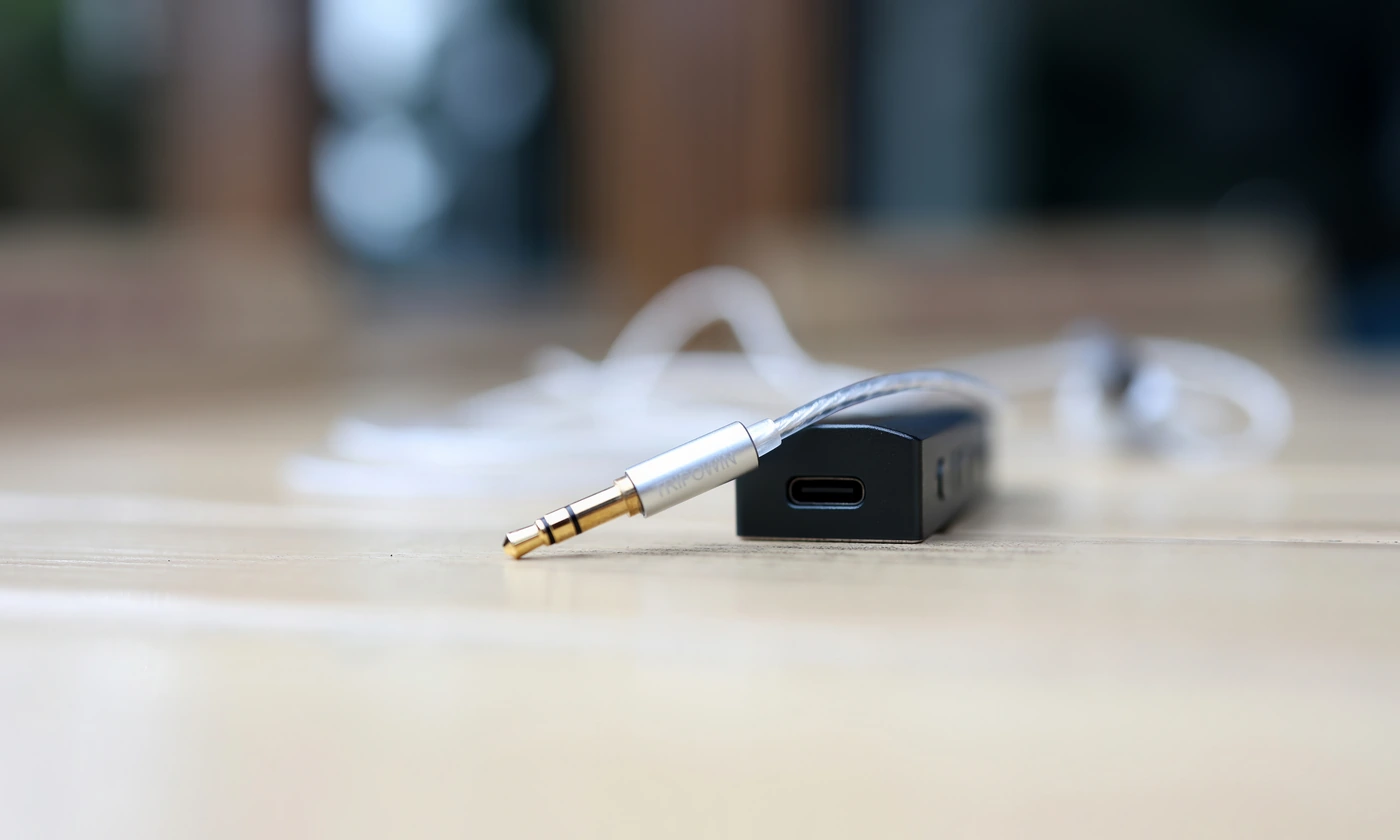
The impedance of 19 OHMs is low, so with noisier sources you will hear some hissing and noise, but with most sources you should be okay. With a medium SPL of 106 dB, you will need a somewhat decent source to drive the Kailua in theory, but I was able to power them just fine with basically any dongle I am working on reviewing.
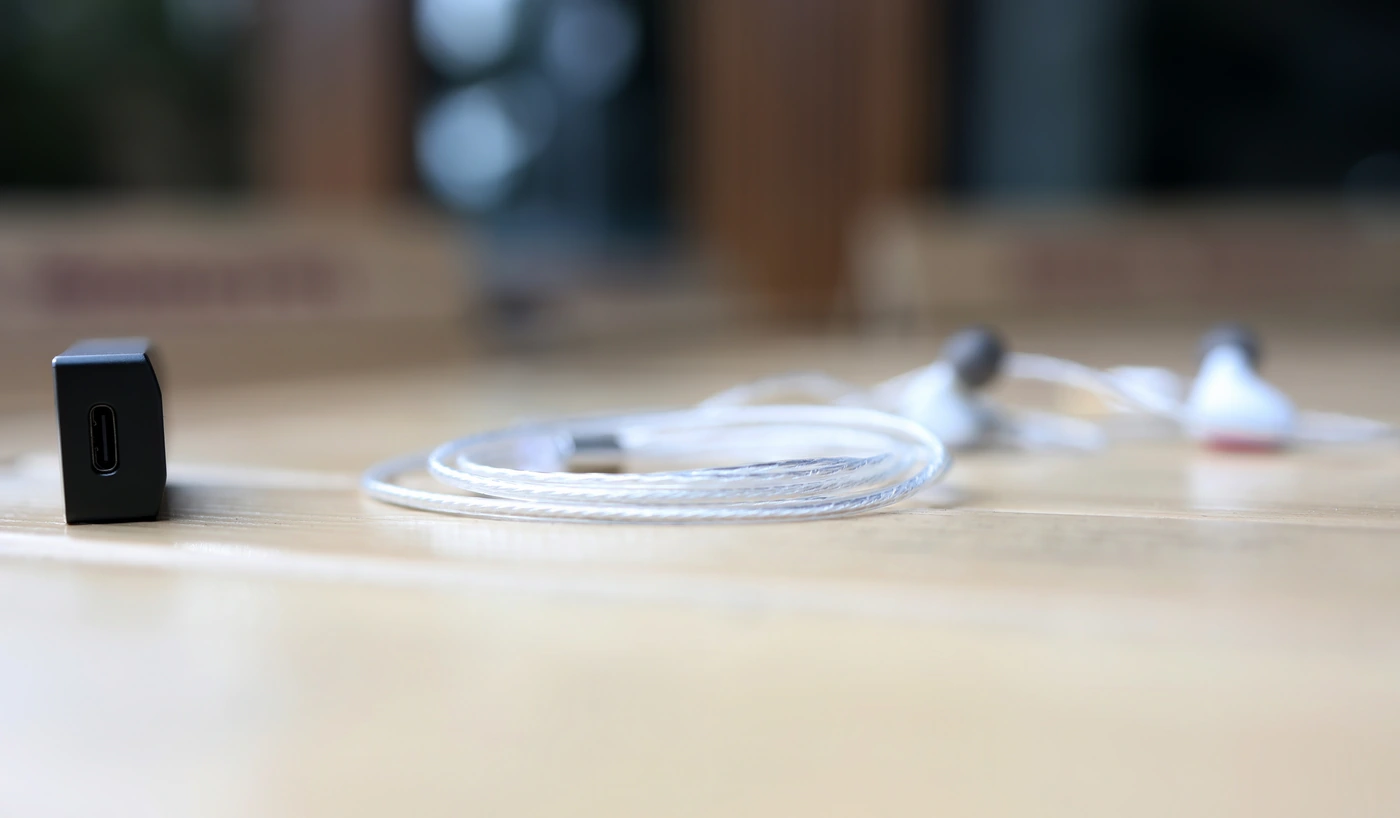
To get a proper seal and comfort, I had to use the ddHIFI ST-35 Eartips, as with the default tips, the Kailua would simply not sit in my ears and the comfort was not great. With ST-35, the comfort is very good, they are small, lightweight, ergonomic, and provide a good passive noise isolation, up to 25 dB.

To drive and pair the Kailua, I’ve used a selection of sources including iBasso DX260, JDS Labs Atom AMP 2 driven by the JDS Labs Atom DAC 2, FiiO Q15, Shanling UA4, and Hiby M300. Since Kailua is a single ended IEM only, you can use smartphones and most older portables and sources too, the volume and driving factor will be enough, but I have to admit that I like the sound the best when they are driven by DX260.
Sound Quality
Overall Signature – Kailua is a smoother, warmer, and laid back sounding IEM, but they don’t roll off the treble entirely, rather, the treble extends to about 16 kHz, and the peaks are placed around natural points, 11 kHz and 13 kHz, resulting in a pretty pleasing signature that is natural. The midrange in particular has a natural tonality, and the bass has a fuller, deeper presentation, with a deep kick around 40Hz – 50Hz that can fill in the sound for a smooth and clean presentation.
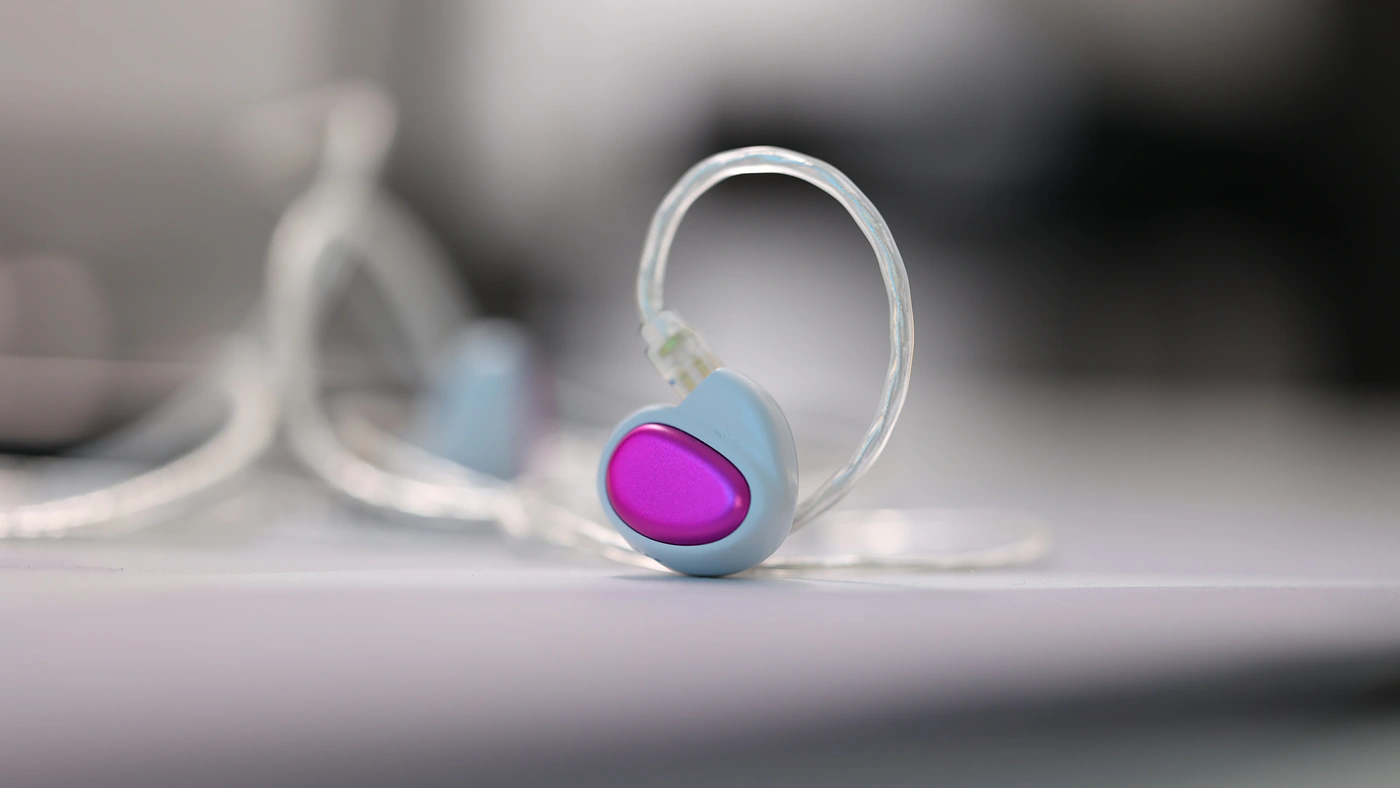
Bass – The bass starts at around 40 Hz, with most of the kick energy present around 45Hz – 50 Hz, an impressive feat for an entry-level IEM. The bass speed is slow, it fills in the sound with substance and presence, and is able to give a dynamic kickback and impact to rock and EDM music, or a smooth presence and vibration to Jazz. The bass is smoother in texture, which means less of a difference between how bass sounds across songs, so the low-end presence always has this thumping presence, with enough extension to be satisfying, but a roll off below 40 Hz. A bass warmth that’s generally present across all songs is always noticeable
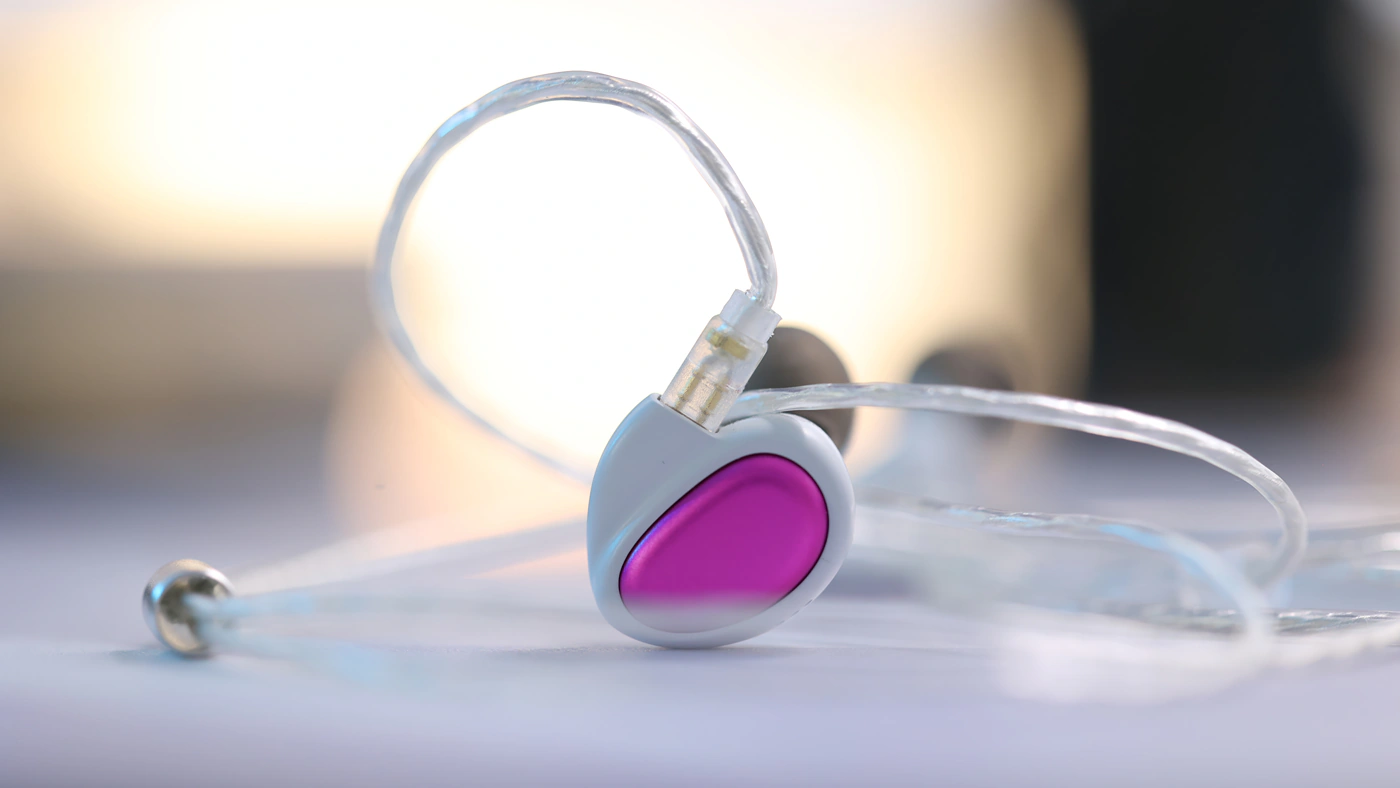
Midrange – The midrange is the best part in the sound of Kailua, it is laid back, smooth in texture, and pleasing, with a tonality that really fits male voices, rock, Jazz and most music well. It is not exceptionally detailed, crisp or clear, but it does not offend in any way, coloration is kept at a minimum, so you never think to yourself that it sounds off, which I think is more valuable than having a very colored sound which would be more detailed, the way most entry-level IEMS do it. The midrange does inherit a bit of warmth from the bass, and the bass seems to be in slightly higher amount than what would be neutral.
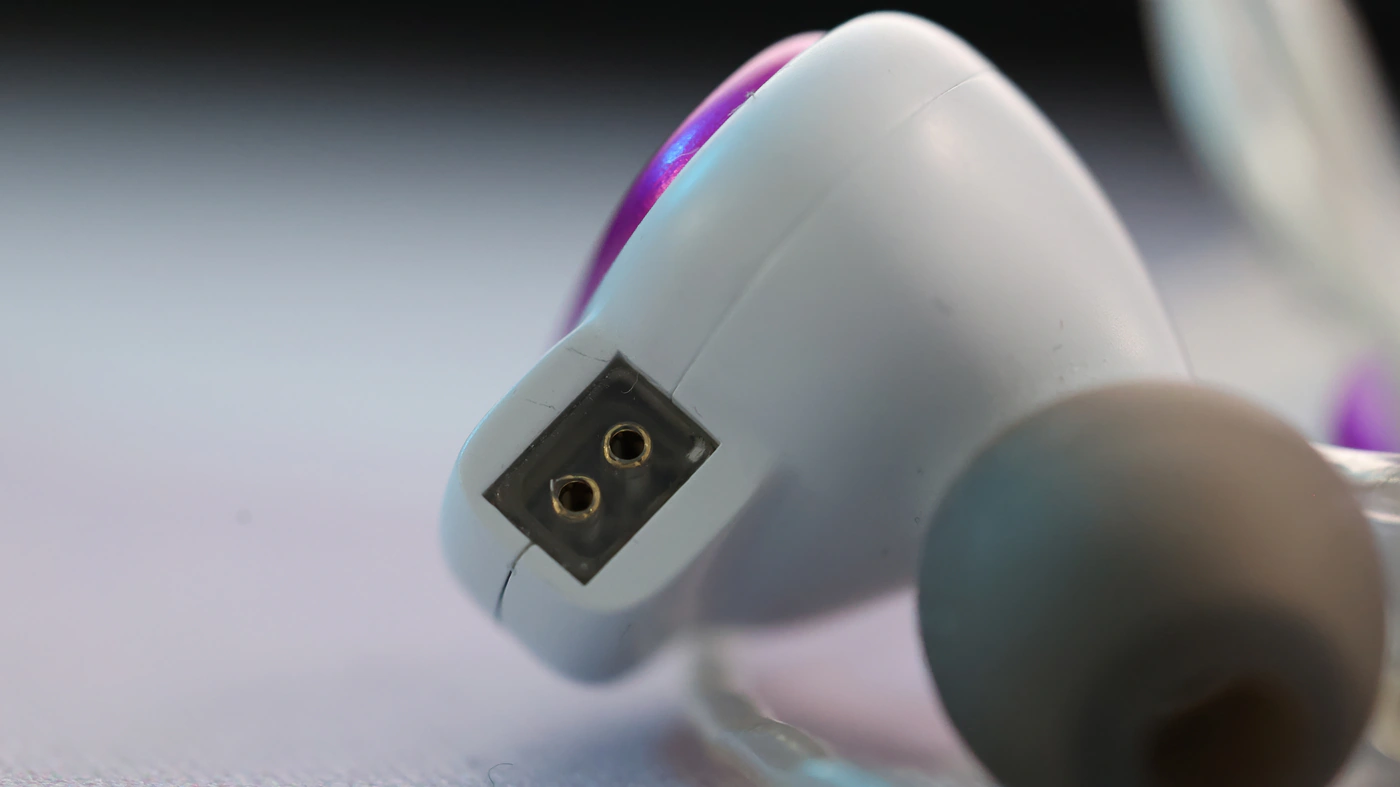
Dynamics / PRaT – Kailua is fairly dynamic for the price range, most music doesn’t sound compressed. Texture levels are low though, and you will struggle to hear macro textures, with micro details being smoothed out, and not present. The resolution has to suffer because of this, but for the price range it never comes through as undetailed or bland, and it performs better than most of the alternatives. It is not quite as sharp and acute as a V-Shaped or Chifi tuned IEM, for example like Simgot EM6L, instead sounding smoother, fuller and having a more natural midrange at the cost of resolution and detail.

Volume Control – The volume control is fairly good, the sound is not exactly consistent all across, so at very loud volumes, it gets compressed, bland and loses most dynamic range, but from a fairly medium volume all the way to very loud, it reaches its maximum dynamic resolution and clarity. At around 110 dB, it is still clean and has low distortion, although if you go any louder, regardless of the source, distortion starts to appear, as the tuning and design reaches the headroom of the driver. If you enjoy listening anywhere between medium and loud, you will be fine, but for very quiet listening or extremely loud, I’d suggest other options, or increasing the price range a bit.

Treble – The treble of the Kailua is fairly welle extended, up to around 15 kHz – 16 kHz, and it has enough air and resolution for the sound to never feel bland and rolled off, but the treble texture is very smooth, so it always stays laid back, relaxed and non intrusive, despite existing. I like the overall tuning best for rock, metal, and for when I’m tired as it doesn’t force me to hear anything harsh, sibilant or fatiguing.
Comparisons
Tripowin Kailua vs Oriveti OD100 (79 USD vs 69 USD) – The comfort of the Kaiulua is better with aftermarket tips, it is smaller, has less sharp edges, and the body feels more comfortable in contact with my ears. Passive noise isolation is also higher on the Kailua, although both IEMs are fairly good in this aspect. Sonically, OD100 is more engaging, has more bass in the sub-lows, but also has better volume control. The downside is that the sound of the OD100 is also more fatiguing, so Kailua is far more relaxed, smoother, laid back, and despite the lower resolution, it is somewhat easier to enjoy with music that’s typically aggressive and fatiguing (most of my collection).
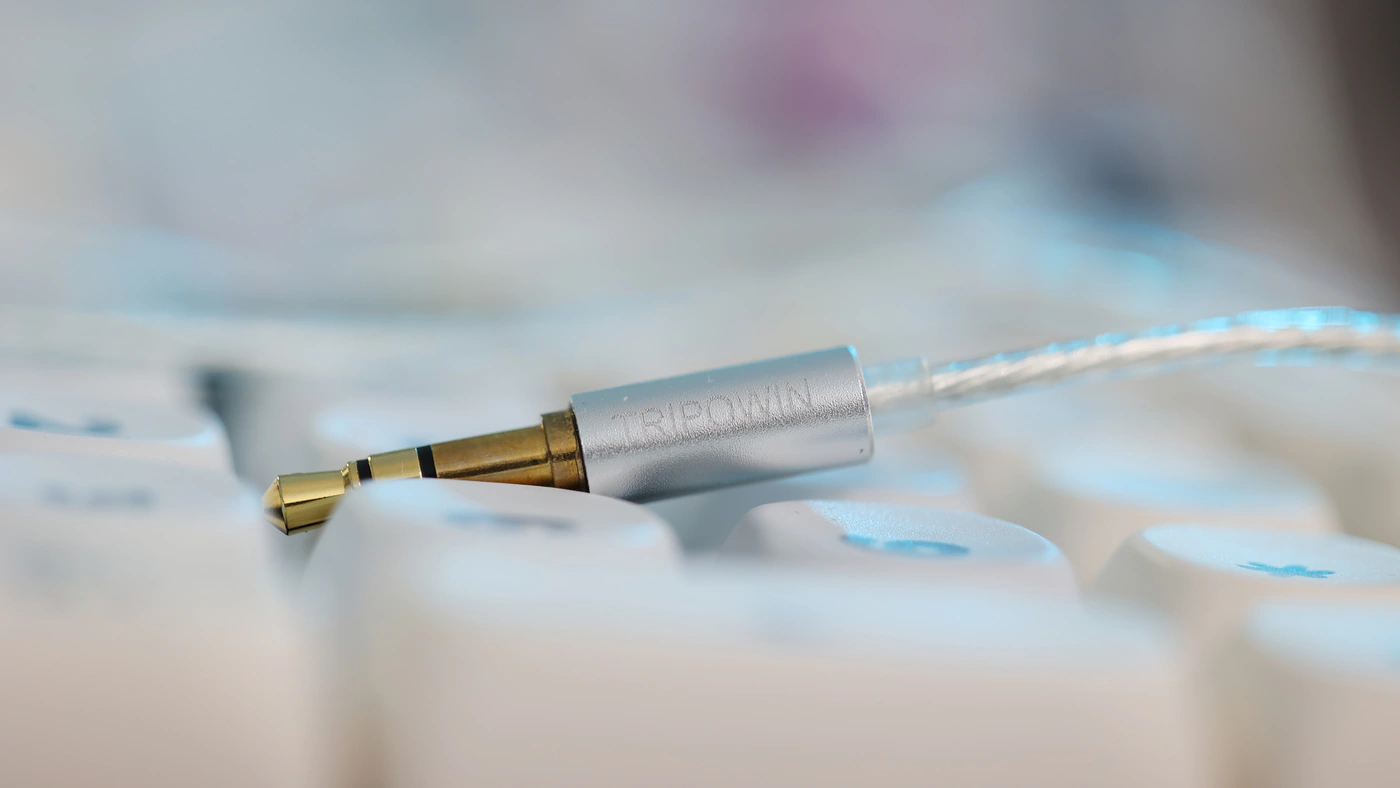
Tripowin Kailua vs Dunu Kima (79 USD vs 99 USD) – Dunu Kima is larger in size, and provides less passive noise isolation, but the cable it comes with is of a higher quality than the one of the Kailua. With Dunu Kima, I could achieve a good comfort with the default tips while with the Kailua I need to use ST-35, but sonically Kailua is more natural, has a deeper bass reach, and especially in the midrange sounds more natural, laid back, more relaxed, but just more natural, as Kima has an unnatural voicing that takes time getting used to.
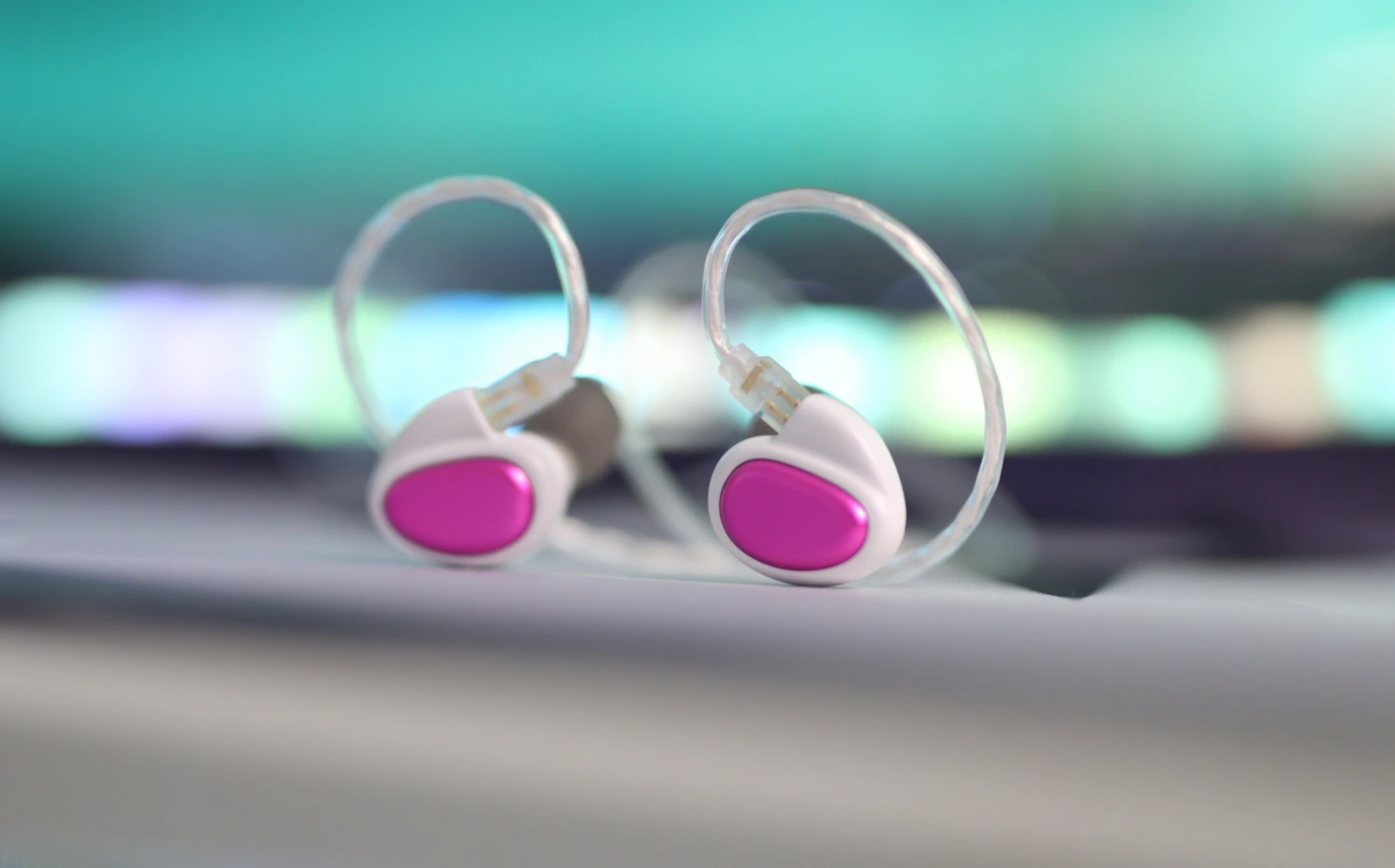
Tripowin Kailua vs FiiO FH11 (79 USD vs 55 USD) – This is a good example of how different shape and size can still mean similar comfort. Despite being smaller and more ergonomic in theory, Kailua isn’t more comfortable than FH11, and both are about equally comfortable. The passive noise isolation of the Kailua is higher. Sonically, FH11 is more colored in the midrange, warmer, thicker, more rolled off in the treble, but still a bit more detailed than the Kailua. The impulse response of the Kailua in particular is somewhat slow, which makes them more laid back and relaxed, but also the midrange is more natural, a bit colder / more neutral, but FH11 is colored, while Kailua sounds closest to natural. Both are great options for a good Chifi IEM, Kailua is the more relaxed sounding option, FH11 the warmer, thicker sounding one.
Value and Conclusion
Given the pocket-friendly price of the Kailua, I have an easy time recommending it, the value is great, you get a good comfort, although you have to add around 10 USD for a pair of ddHIFI ST-35 tips, or your favorite choice of tips, as the default ones are not all the way through comfortable for me.

At the end of the day, if you’re looking for a comfortable, laid back, smooth and clean sounding pair of earphones, with good performances to medium and high volumes, and if you fancy Dragon Ball Z, and Chifi in general, Tripowin x HBB Kailua is a good option in today’s market.
Product Link
You can get one here – https://amzn.to/3Jq9qRz
Technical Specifications

Type – In-Ear Monitors
Drivers – 10mm DLC Titanium-Coated Dynamic +6mmTitanium-Coated Dynamic
THD – <0.5%(at 1KHz)
Sensitivity – 106dB(at1KHz/mW)
Impedance – 19ohm
Frequency Response – 12Hz-36KHz
RatedPower – 5mW
Cable Details – 1.2m±5% Detachable High-purity OCC Copper Cable
Cable Connectors – 2-pin 0.78mm
Cable Termination – 3.5mm
Price – $79.00 USD
--- Please remember to stay safe, and always have fun while listening to music!---
- If you have a dime to spare, please donate, and help us! It would make the day brighter for me and my wife-
Full Playlist used for this review
We listened to more songs than those named in this playlist, but those are excellent for identifying a sonic signature. I recommend trying most of the songs from this playlist, especially if you’re searching for new music! The playlists are different for Spotify, Tidal and Youtube, and based on the songs I enjoy and are available on each!
https://www.youtube.com/playlist?list=PL_cjBXGmwSHSdGcwuc_bKbBDGHL4QvYBu
https://open.spotify.com/playlist/5J3oloz8Riy9LxEGenOjQ0?si=979ba4f082414be7
https://tidal.com/browse/playlist/330fd544-8e5b-4839-bd35-676b2edbb3d5
--- Contact Us ---





